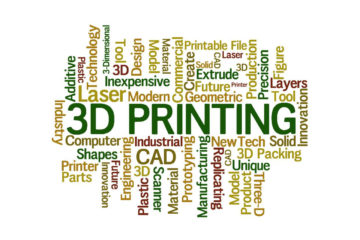How 3D Printing Affects the Future of International Air Freight Forwarders
The phenomenal strides in modern technology have made life easier for humans. Engineering geniuses have invented how to minimize manual labor by using robotics and microchips. Telecoms replaced telegraph and made communication instantaneous. The latest innovation in printing is mind-boggling in its awesomeness but bad news for some sectors. The 3D printing process, also known as additive manufacturing, is no longer a science fiction, it has finally taken over so many aspects of manufacturing that could severely affect the supply chain. International air freight forwarders are losing huge traffic with the advent of the 3D printing.
Affected Supply Chain
International air freight forwarders and logistics companies-big companies invest in 3D printing technology to cut their costs on transportation and reduce waiting period of goods in transit. The high expense of moving goods and equipment from the supplier to the manufacturer affects the overhead cost of manufacturing which in turn affects the price of the product on the market.
Warehousing– companies 3D printing their designs at their location when they need it. There will be no need to stock up on nuts and bolts, spare parts, and other components for manufacturing, building, and assembling. The need for warehouses will be eliminated in the future. International air freight forwarders may have empty warehouses in the future.
Construction– building components will cease to be in demand. Construction materials will be 3D printed at the site according to its exact specifications. This will hugely reduce the cost of shifting bulky stuff and eliminate problems caused by faulty deliveries. The need for customs brokers may be reduced to delivering unavailable materials from the source to the site.
Labor outsourcing– 3D printing will greatly reduce the demand for manpower and the labor cost. Manufacturing will no longer be labor intensive.
The manufacturing industry may shift to 3D printing their products to supply their end users. However, they would still need the services of customs brokers to deliver the orders. And because most component designs are patented and copyrighted, they cannot be copied and printed without the consent and license from the owners.
Although many sectors have a valid reason to worry about the possible impact of 3D printing on their businesses, the shift to full automation and vertical integration by their main customers may take a long time to be realized, if at all. Not all manufacturing companies can afford 3D printing and the additive materials for printing may not be readily available at present. International air freight forwarders would still be needed to transport components for the printing process.






